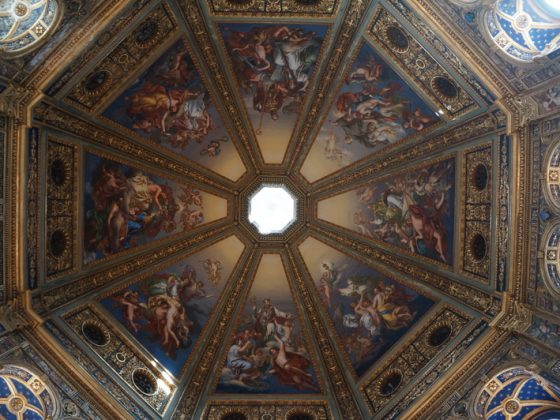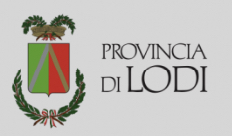02. Sanctuary of the Holy Virgin “Incoronata”
02. Sanctuary of the Holy Virgin “Incoronata”
- Telephone: 0371 409238
- Address: Via Incoronata Lodi
Built in 1488 after the drawings by Giovanni Battagio, the Incoronata Sanctuary is the most prestigious and best-known monument in the city. Its definition as “Civil temple” is due to the building being owned and managed by lay institutions: at first it was a “school” for the city’s noble decurions, later it became a pawn shop and finally the City Hall. Besides being a remarkably significant example of Lombard Renaissance, it also boasts important decorative cycles by painters such as Giovanni and Matteo Della Chiesa, Bergognone, the Piazzas, the early XVI century painters from Lodi and Legnanino.
The church takes the place of a brothel that displayed a fresco of the Virgin. The tradition maintains that, after several miracles that took place in 1487, the ecclesiastical authorities commissioned the church to be built in memory of the events.
The project by the architect Battaggio includes an octagonal plan with radial chapels (octaves), separated by bent pilasters, two aisles and a portico; it stands out as a unique example in the Lombardy of the time. This octagonal plan, laden with doctrinal suggestions and history, is the fil rouge between Bramante’s architectural research in S. Satiro (choir and sacristy) and the complex ideology related to the cult of the Virgin.
From the outside the central plan temple looks as an octagonal drum outlined by a pillar and pinnacle balustrade. Inside, in the upper row, there is an arched woman’s gallery resting on blue and gold pillars. The light seeping through circular holes lights the ribbed dome. Among the treasures, there are also a wooden choir by Carlo Antonio Lanzani and the 1507 pipe organ by Lorenzo da Lucca with a wooden engraved and gold-plated framework by Daniele and Leonardo Gambarino.
Group visits must be reserved in advance by telephone. The church is closed on Monday afternoon.

Built in 1488 after the drawings by Giovanni Battagio, the Incoronata Sanctuary is the most prestigious and best-known monument in the city. Its definition as “Civil temple” is due to the building being owned and managed by lay institutions: at first it was a “school” for the city’s noble decurions, later it became a pawn shop and finally the City Hall. Besides being a remarkably significant example of Lombard Renaissance, it also boasts important decorative cycles by painters such as Giovanni and Matteo Della Chiesa, Bergognone, the Piazzas, the early XVI century painters from Lodi and Legnanino.
The church takes the place of a brothel that displayed a fresco of the Virgin. The tradition maintains that, after several miracles that took place in 1487, the ecclesiastical authorities commissioned the church to be built in memory of the events.
The project by the architect Battaggio includes an octagonal plan with radial chapels (octaves), separated by bent pilasters, two aisles and a portico; it stands out as a unique example in the Lombardy of the time. This octagonal plan, laden with doctrinal suggestions and history, is the fil rouge between Bramante’s architectural research in S. Satiro (choir and sacristy) and the complex ideology related to the cult of the Virgin.
From the outside the central plan temple looks as an octagonal drum outlined by a pillar and pinnacle balustrade. Inside, in the upper row, there is an arched woman’s gallery resting on blue and gold pillars. The light seeping through circular holes lights the ribbed dome. Among the treasures, there are also a wooden choir by Carlo Antonio Lanzani and the 1507 pipe organ by Lorenzo da Lucca with a wooden engraved and gold-plated framework by Daniele and Leonardo Gambarino.
Group visits must be reserved in advance by telephone. The church is closed on Monday afternoon.


